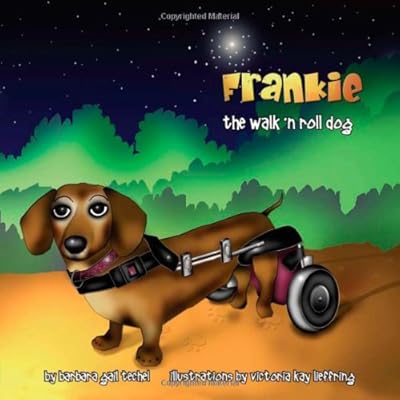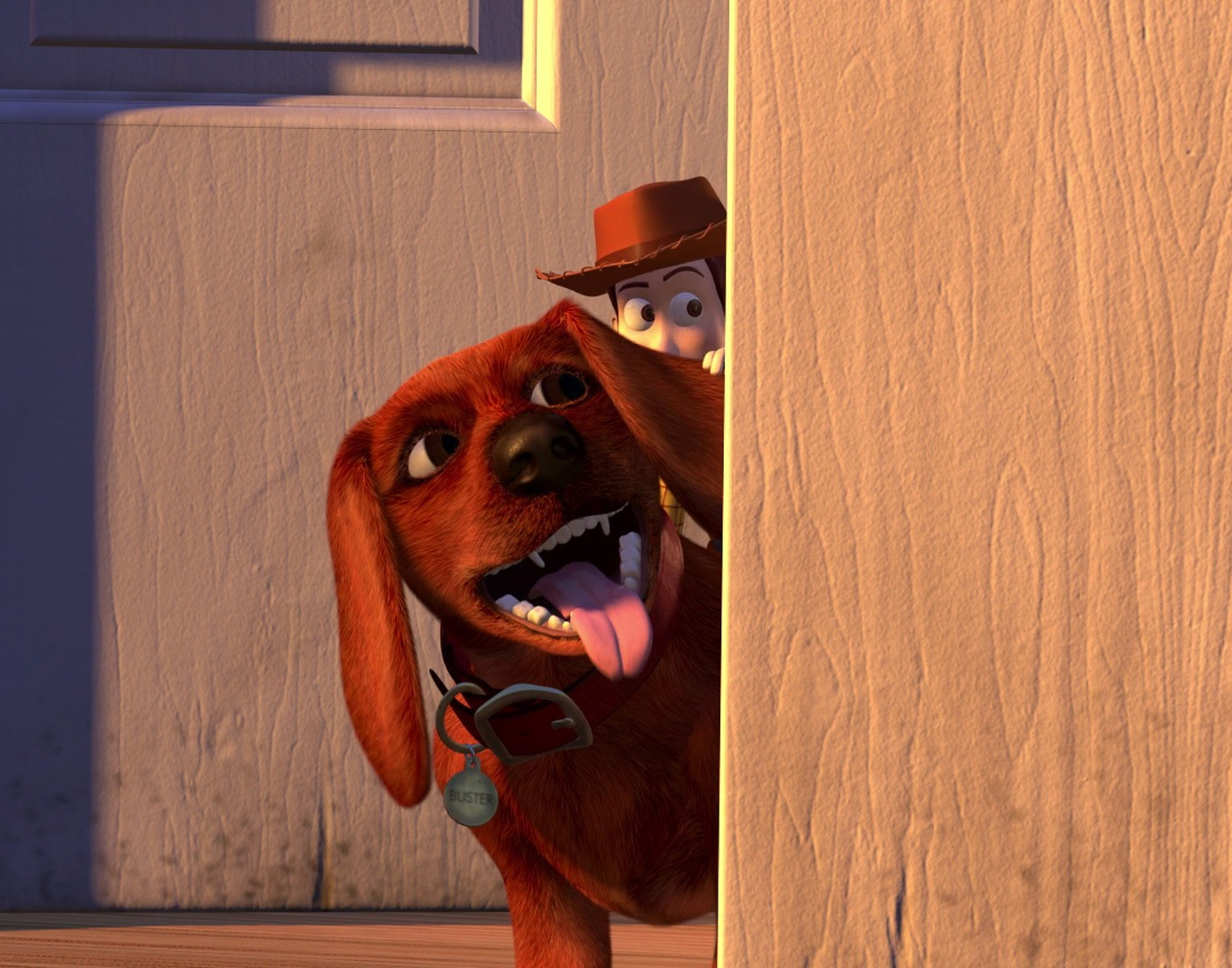
By Suzanne Alicie
Just as there are many different sizes and types of dogs, the same is true for leashes and collars. Choosing a leash and collar combination that is right for your dog’s size and strength is an important part of being a responsible pet owner.
There is no definite right choice and no definite right style of leash and collar, because each dog requires different features. But the number one feature of safety for your dog is universal, and should always be the first factor when shopping for a leash and collar.
Leashes
There are retractable leashes in many different strength levels; there are braided leashes, leather leashes, and nylon leashes. Leases come in all colors, thicknesses and lengths to make sure that when you walk your dog he is secure. When purchasing a leash it is important to look at the weight suggestion on the tag. You certainly don’t want to walk your German Shepherd on a leash made for a Poodle.
The type of fastener is also important when choosing a leash. You want a fastener that is easy to clip on and off, but not one that is easily triggered into the open position by rubbing against a collar. Your comfort also comes to mind when choosing a leash. Some have handles that are simply a loop made out of the leash material; others have a leather handle that is secured with rivets. For security, a one piece is always your best bet, and many times for comfort as well.
Collars
You can find rhinestone collars, spiked collars, chain collars and many other styles. You will also find collars made of leather, nylon, and braided fabric. The main things to look for when choosing a collar are whether it will fit your dog’s neck well, without choking, and whether it is strong enough to hold your dog. Dog collars are sized from extra small to extra large based upon the neck and head measurement of the dog.
A secure fastener that won’t come loose is also important when selecting a collar. So keep these important factors in mind and don’t just buy a collar because it is cute. Some of the other features to look for in a collar are the location and position of the leash clip ring, a tag hook, and padding between the leash and the dog’s neck. Read this article for more information on choosing the right dog collar.
Harnesses
Large and small dogs alike are often outfitted with harnesses instead of traditional collars. These also come in all colors and sizes. The benefit of harnesses is that they give the pet owner more control of the dog while walking, and because they don’t pull tight around a dog’s neck, which is a choking hazard.
No matter what style or color of collar and leash you choose for your pet, their safety is the main point of importance. Therefore a good fitting collar, secure fasteners and clips, and a strength that is appropriate for your dog’s weight are definite requirements when shopping for these products for your dog.
Read more articles by Suzanne Alicie






























